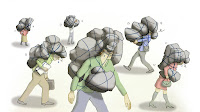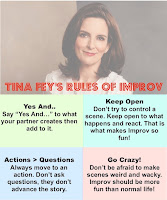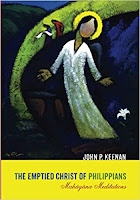So Fill Our Imaginations, The Work of Play of a Year of Preaching

So Fill Our Imaginations by Mark Lloyd Taylor. A review As an Applied Improvisation coach, I help churches and clergy become more open, adaptive, and collaborative. In a word, more playful. For this reason, I was drawn to So Fill Our Imaginations: The Work of Play and Year of Preaching by Mark Lloyd Taylor. I’ve read books on how to have playful brainstorming sessions and even playful liturgy, but this was the first book I’ve seen about playfulness in preaching. Mark Lloyd Taylor is a Professor Emeritus at Seattle University and a lay preacher at St. Paul’s Episcopal Church in Seattle. His book is a diary of his preaching a year at St. Paul’s. He provides twelve sermons along with the context in which they were preached and his thought process in preparing the sermons. In addition to being a lay preacher, Taylor is a Godly Play instructor. Godly Play is a Montessori style curriculum developed by John Berryman. Godly Play practice teaches children to listen for God and ...










